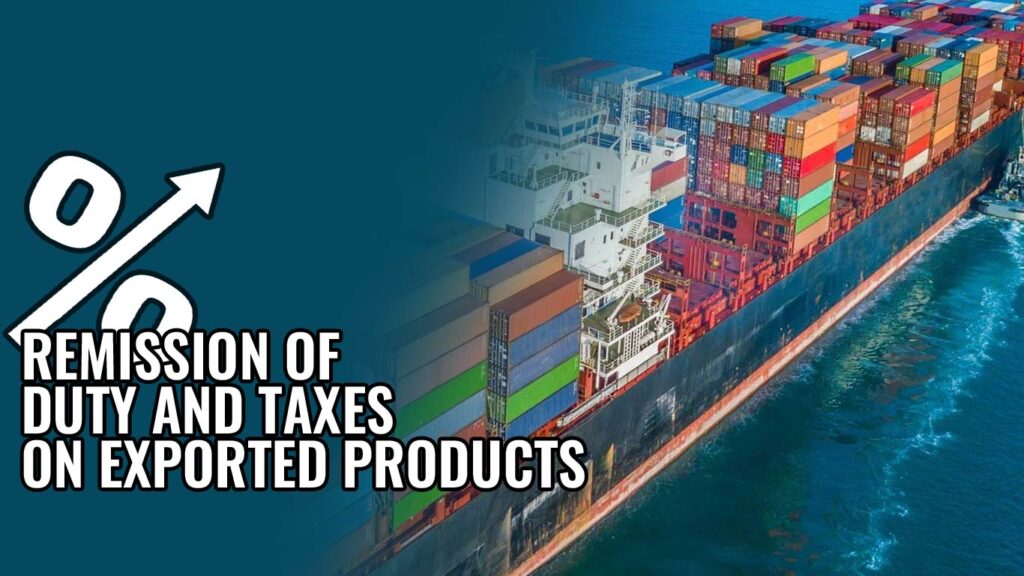Section 80C of the Income Tax Act allows for certain expenditures and investments to be exempt from income tax. If you plan your investments across different financial assets such as PPF, NSC, ELSS, etc., you can claim deductions of up to Rs.1.5 lakh under Section 80C, thereby lowering your tax liability. Section 80C of the Income Tax Act of India is a clause that points to various expenditures and investments that are exempted from Income Tax. It allows for a maximum deduction of up to Rs 1.5 lakh every year from an individual’s total taxable income. Tax exemptions for investment under 80C are applicable only for individual taxpayers and Hindu Undivided Families. Corporate bodies, partnership firms, and other businesses are not qualified to avail of tax exemptions under Section 80C. What is 80C in Income Tax and its Sub-sections Section 80C of the Income Tax Act in India lets you reduce your taxable income by up to Rs. 1.5 lakh per year. This benefit applies to investments you make in things like Employee Provident Funds (EPF), Public Provident Funds (PPF), life insurance premiums, and certain mutual funds. It also covers expenses on your children’s tuition fees and principal repayment of your home loan. Section 80C permits certain investments and expenses to be tax-exempted. By well-planning the 80C investments that are spread diversely across various options like NSC, ULIP, PPF, etc., an individual can claim deductions up to Rs 1,50,000. By taking tax benefits under 80C, one can avail of a reduction in tax burden. Under the Income Tax Act of India, deductions under Section 80C of Income Tax Act are divided into certain sub-sections. These are – 80C Deduction List – Tax Saving Sections Eligible Investments for Tax Exemptions Section 80C Investments in Provident Funds such as EPF, PPF, etc., payments made towards life insurance premiums, Equity Linked Saving Schemes, payments made towards the principal sum of a home loan, SSY, NSC, SCSS, etc. Section 80CCC Payment made towards pension plans, as well as mutual funds. Section 80CCD(1) Payments made towards certain Government-backed schemes such as the National Pension System, Atal Pension Yojana, etc. Section 80CCD(1B) Investments of up to Rs.50,000 in NPS are considered for exemption under this section. Section 80CCD(2) Employer’s contribution towards NPS (up to 10%, comprising basic salary and dearness allowance, if any) is exempted under this category. Eligibility of Deduction Under 80C of Income Tax Act Individuals and HUFs are both eligible for Section 80C deductions. This section also applies to both Indian residents and non-resident Indians. Companies, partnerships, and other corporate bodies are not eligible for the deduction. Investments Eligible for Deduction Under Section 80C of the Income Tax Act Here are some of the 80C tax saving options an individual can opt for- Investment options Interest Minimum lock-in period Assured Return Associated Risk ELSS 12% to 15% (depending on market fluctuation) 3 years No High NPS 8% to 10% Till the investor reaches 60 years of age (retirement) No High SCSS 8.20% 5 years Yes low PPF 7.10% 15 years Yes Low NSC 7.7% 5 years Yes Low ULIP 8% to 10% (depending on market fluctuation) 5 years No Moderate Fixed Deposit Up to 8.40% 5 years Yes Low Sukanya Samriddhi Yojana 8.20% 8 years Yes Low Life Insurance Premiums Premiums paid towards life insurance policies are eligible to receive tax benefits as per 80C limit. These exemptions are available against policies held by self, spouse, dependent children, etc. Hindu Undivided Family members can also benefit from the same exemptions. Currently, an annual premium of up to 10% (of the insurance policy’s total sum assured) is tax exempted under this scheme. This clause was revised on 1st April 2012, prior to which premiums of up to 20% (of the sum assured) were liable for tax exemption under Section 80C deduction. Public Provident Fund Any contribution towards the Public Provident Fund (PPF) can be filed for tax deduction under Section 80C. Public Provident Funds come with a maximum deposit limit of Rs.1,50,000, allowing an investor to claim the entire deposited amount as an exemption under this Income Tax Act. Any voluntary contribution made by the employee towards the provided fund is also eligible for tax deduction under Section 80C of the Income Tax Act. NABARD Rural Bonds NABARD stands for National Bank for Agriculture and Rural Development. Rural Bonds offered by NABARD are eligible for tax exemption under the Income Tax Act of India. The maximum deductible amount is capped at Rs.1.5 lakh under Section 80C. Unit Linked Insurance Plans (ULIPs) Unit Linked Insurance Plans offer more returns in the long term when compared to conventional insurance policies. They have become especially popular in recent years thanks to the tax benefits offered under Section 80C of the Income Tax Act 1961. Investors can avail of tax exemptions up to Rs. 1.5 lakh on the invested amount u/s 80C income tax provisions. National Savings Certificate NSC, or National Savings Certificate, is one of the most popular tax-saving instruments for risk-avert individuals. Interest earned on NSC is compounded semi-annually, and the maximum maturity period ranges from 5 to 10 years. Investors do not have to follow any limitation on the total sum invested towards NSC in a financial year; however, only a maximum of Rs.1.5 lakh will be subject to exemption every financial year under Section 80C. Tax Saving FD Tax Saving FDs are fixed deposit schemes offered by both banks and post offices that allow tax deduction under Section 80C. These FDs have a lock-in period of 5 years and offer a maximum of Rs 1.5 lakh tax exemption (on the principal amount). However, the returns of such instruments are liable for taxation. EPF The return earned from Employee Provident Fund (EPF), including the interest, is eligible for tax exemption under Section 80C of the Income Tax Act, 1961. It is only eligible for employees who have continued his or her service for at least 5 years. If individuals make voluntary contributions to their EPF accounts, such an amount is eligible for tax exemptions under Section 80C. Infrastructure Bonds Section






